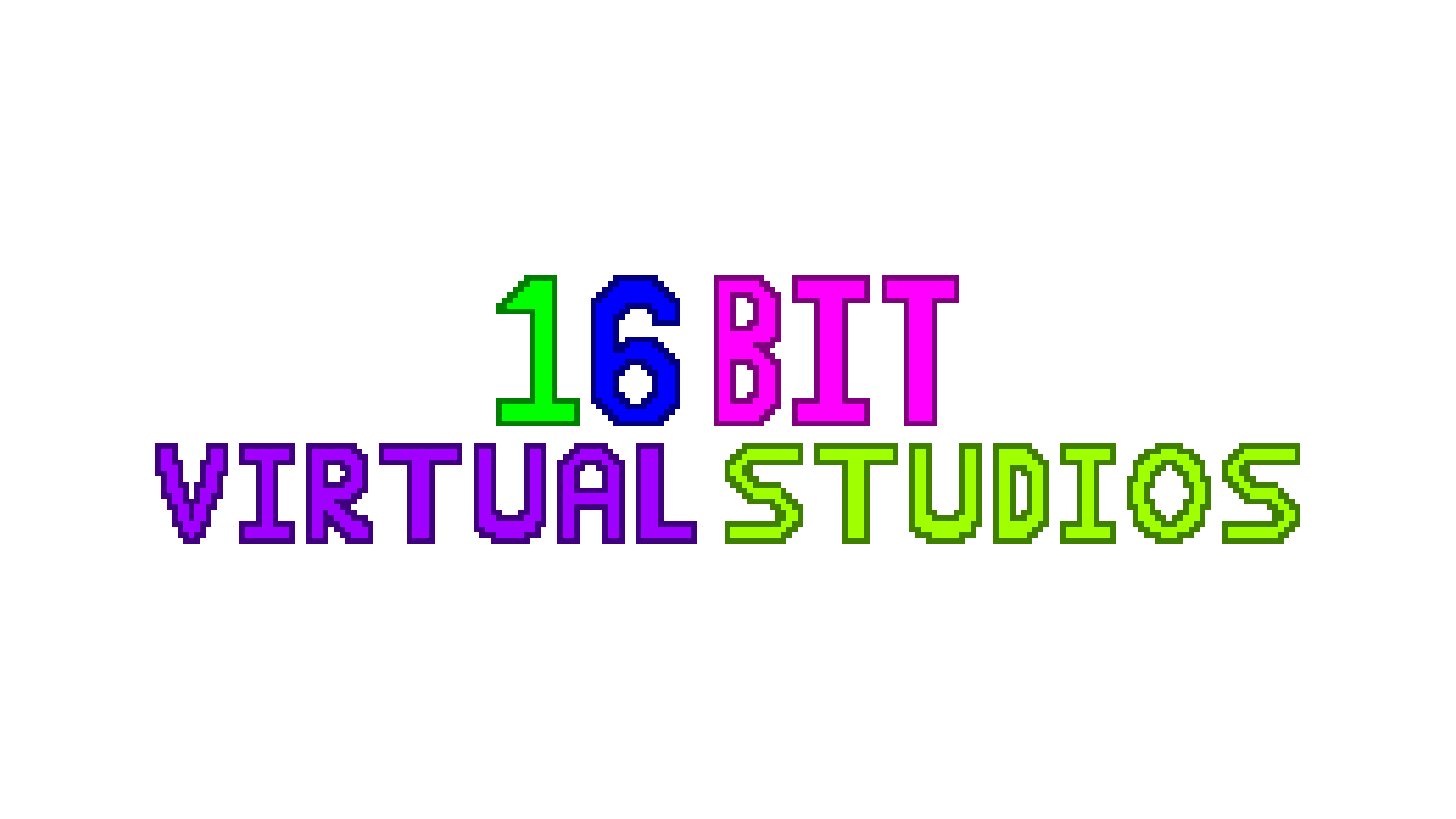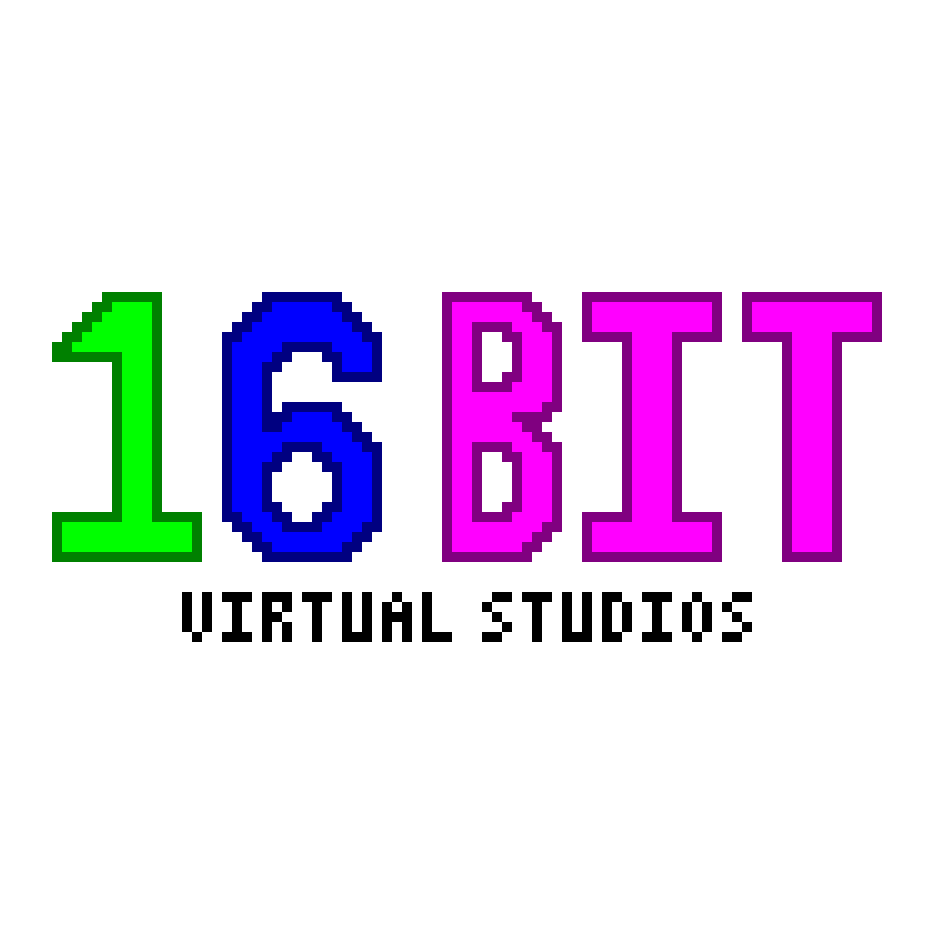My first system I could call my own (not sharing with siblings) was the fat Nintendo DS. It will always be my favourite out of nostalgia.
But my primary DS is my New 3DS, does everything want and plays everything.
For me the DS is the Pokemon machine, from the mainline series to the spin offs. Such a good time to be a fan of Pokemon. Even the knockoffs were fun like Fossil fighters.
The DS was also a good rpg power house the first system I beat Chrono Trigger on.
Then there was the slog of platformers, from new Mario bros, to license of game dubious quality, nicktoons unite anyone?
The 3DS was just an overall disappointment in comparison, game selection was limited and 3rd parties just didn’t give it the time of day. Don’t get me wrong love my 2d Zelda and Metroid revivals on it, but outside of Nintendo games, it didn’t offer me anything.







Honestly since the New 3DS screen is so small, the slight blurring is negligible to my eyes. So long as there isn’t certificating in the image, like shimmering and or screen tearing, I don’t noticed it.